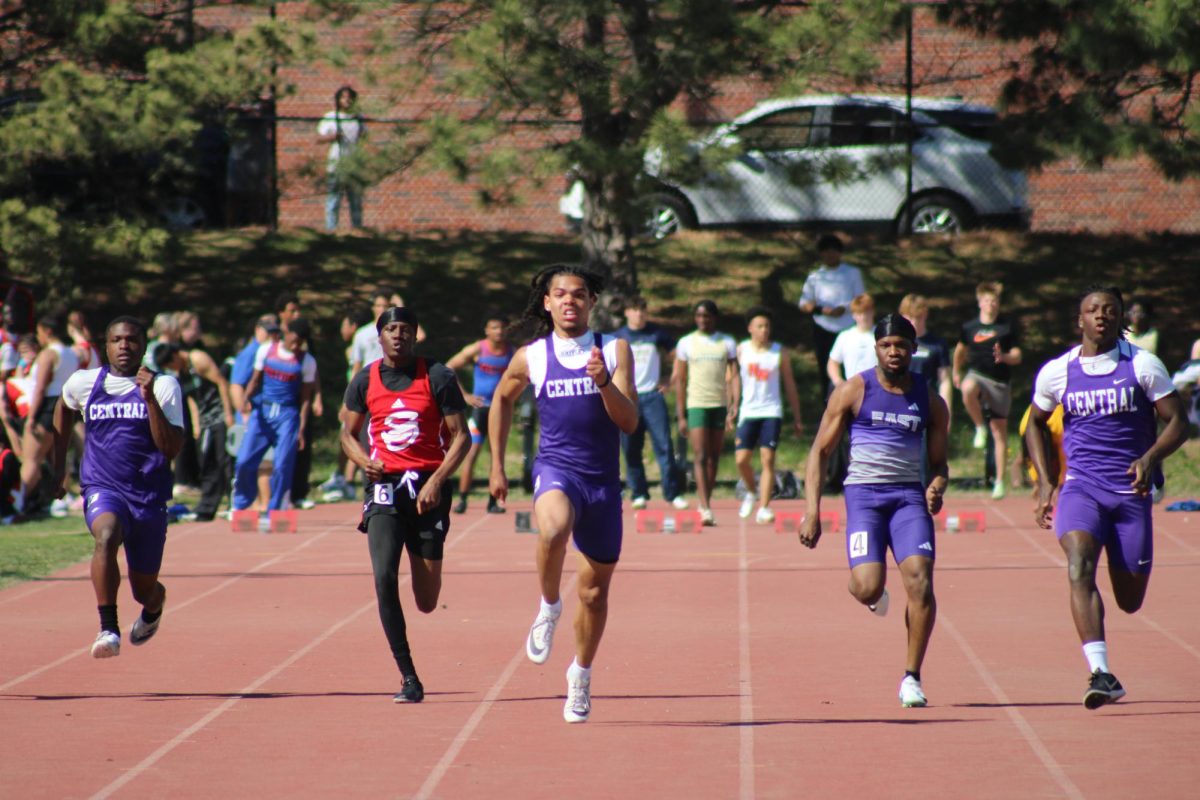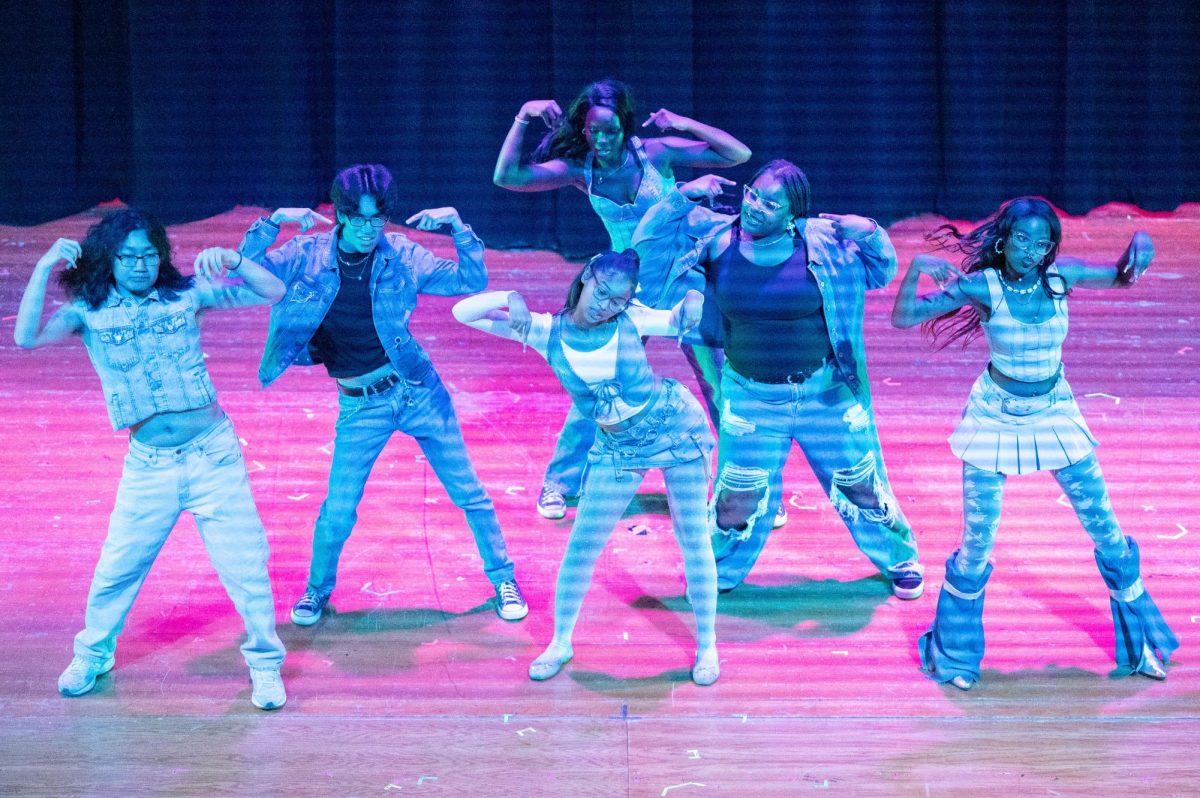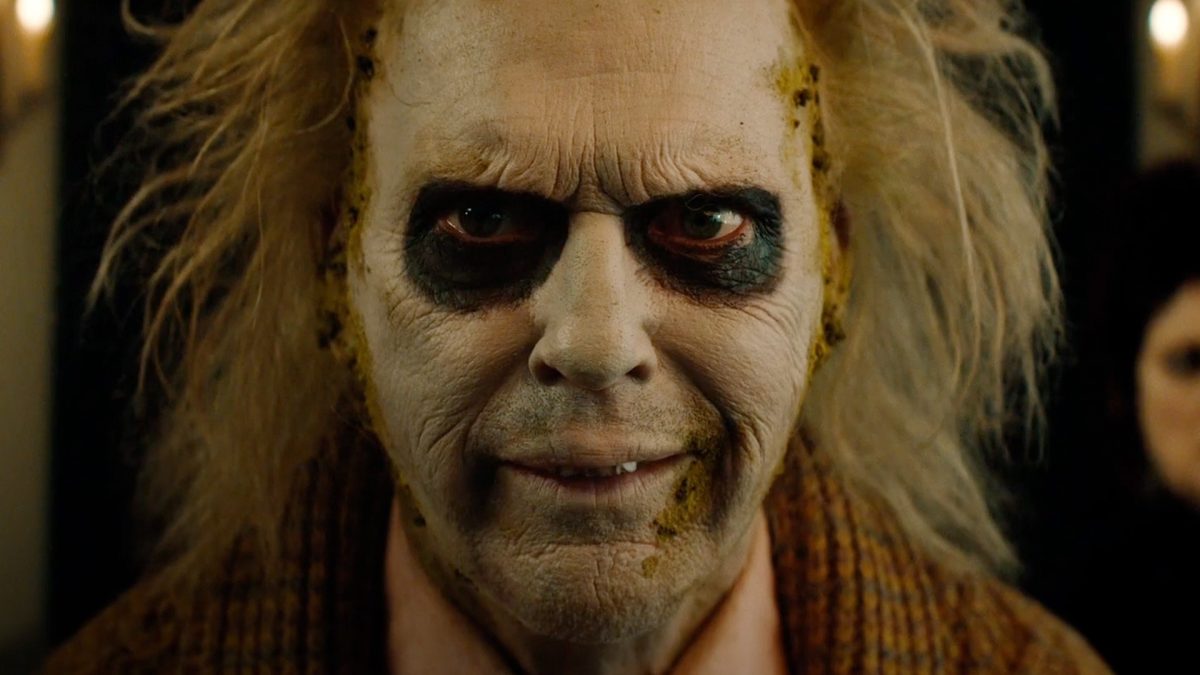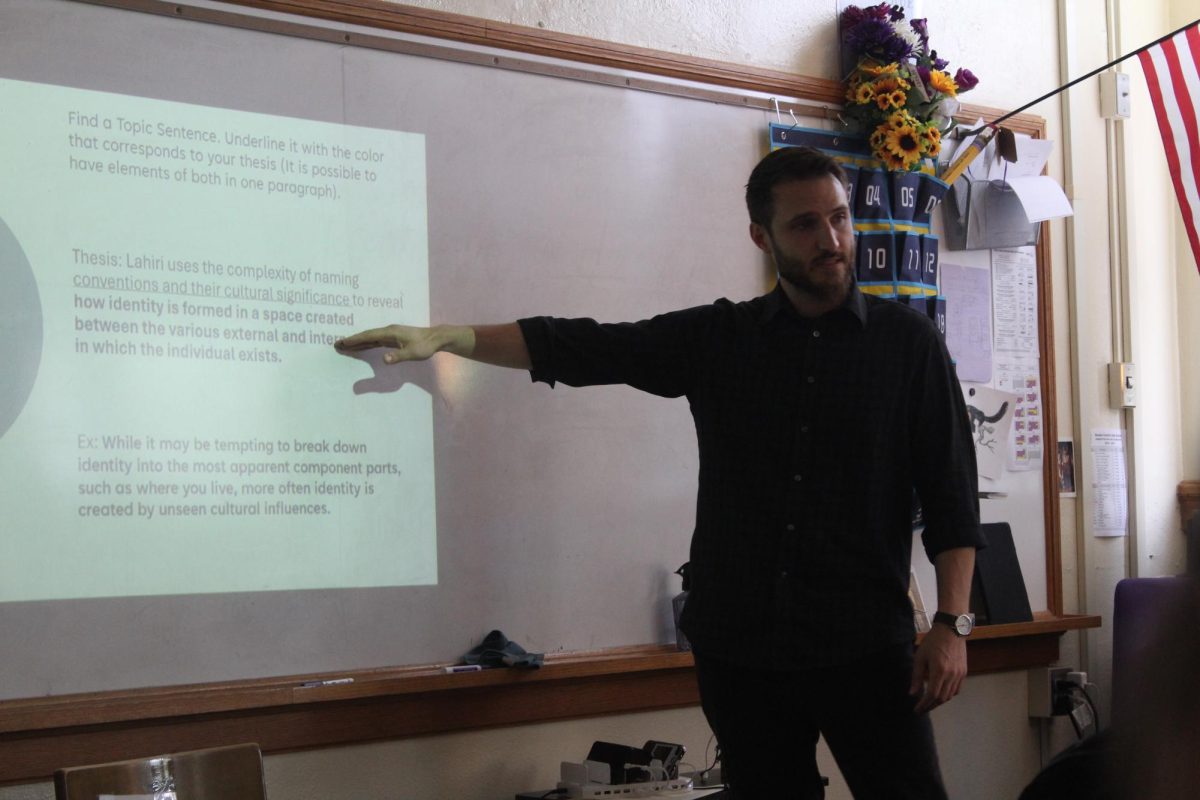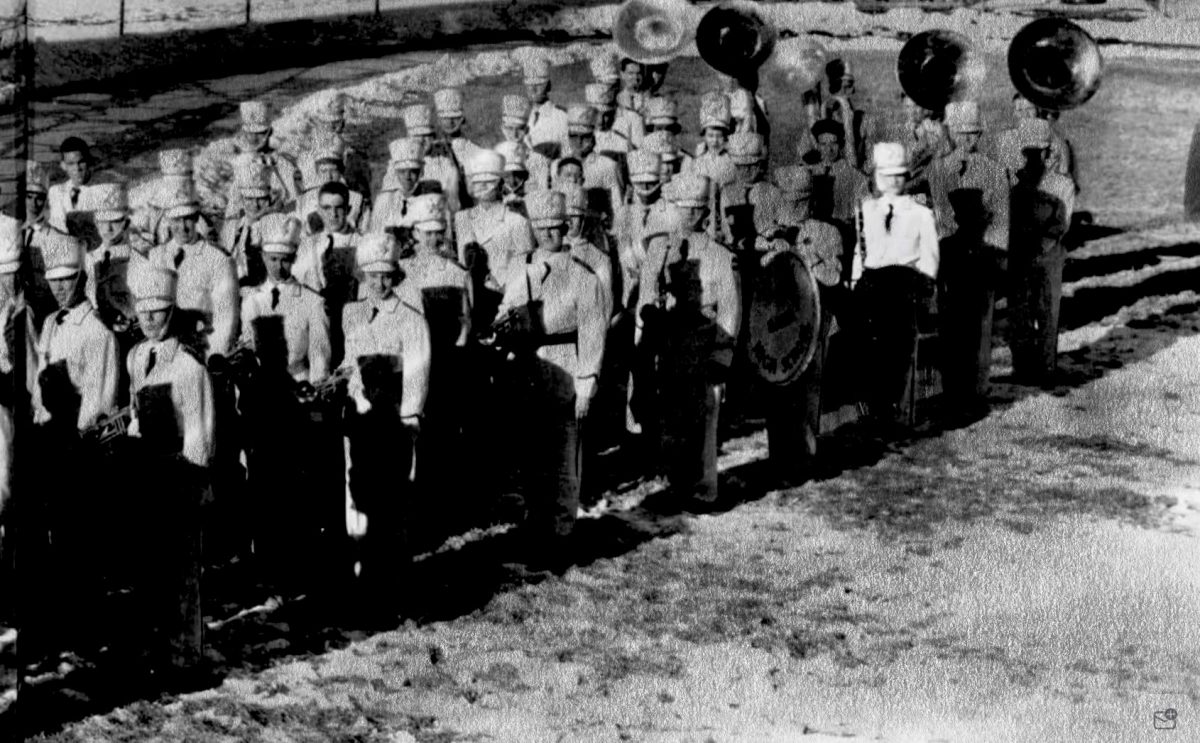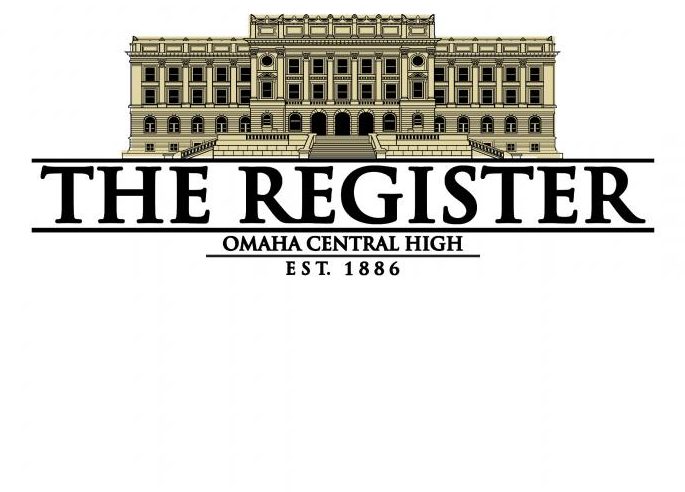Do fraternities promote misogyny?
January 12, 2016
The terms “fraternity” and “sorority” both hold a certain preconceived notion by many people. Numerous individuals associate them with an exclusive connotation and a preppy attitude. In recent media, there has been much debate as to whether or not fraternities promote a certain ideology in favor of misogyny.
Misogyny is defined as the “dislike of, contempt for, or ingrained prejudice against women.” In society, white males are seen as the dominant species, excluding all people of color and all women. Members of fraternities are traditionally white males.
Fraternities don’t necessarily promote misogyny intentionally. They, and most other males, don’t seem to mind women when they are pleasing men. This introduces several problems and prejudices against women including objectification, unattainable beauty standards, the wage gap and sexual harassment. Members of certain fraternities may be considered somewhat misogynistic, but the majority appears to be completely content with women as long as they are abiding by the rules and standards of men.
Colleges and universities are called “safe-spaces” when, statistically, they’re not safe at all. According to nsvrc.org, rape victimization of women is “between 20% and 25% over the course of a college career.” Additionally, a 2007 study showed that fraternity members are three times more likely to rape within their 4 years.
In 2010, the Delta Kappa Epsilon chapter of Yale University marched through a part of Yale’s Old Campus where most freshman girls resided, chanting various profanities involving sexual acts upon females.
This instance was supposedly an initiation for the DKE pledges. A video was posted online and unsurprisingly went viral. President of DKE, Jordan Forney, later apologized for the fraternities’ behavior and called it “a serious lapse in judgment by the fraternity and in very poor taste.” But this kind of thing doesn’t just happen because of a “lapse in judgment”. Rape jokes and sexual harassment/sexual violence threats are not just because of poor taste. They are because of a predetermined dogma that women are created for the pleasure of men. Women are not sex toys. Conversely, fraternities are most certainly encouraging this notion of male preeminence.
Last year at the University of Wisconsin-Milwaukee, a frat party held by Tau Kappa Epsilon resulted in several women blacking out and being hospitalized. The fraternity reportedly used a color-coded system for drugging female students. Males and females who weren’t deemed “hot” enough by the frat brothers received black X-marks, while the “hot” females received red X-marks, which also allowed them special drinking privileges. These “special” beverages included suspiciously cloudy hard liquor-based drinks, most likely containing a date rape drug called Rohypnol, or more commonly known as “roofie.”
Around 1:20 a.m., officials broke up the party and discovered 42 individuals in the frat house’s basement with the X-marks on their hands. Police believe that those with the red X’s on their hands were targeted by the hosts of the party for the purpose of date rape. The TKE fraternity was suspended temporarily by the University, but since the house is private property, they have no control over what happens at the house. A year prior to this incident, the fraternity was investigated on three sexual assault charges.
Notoriously, one of the most sexist, racist and discriminatory fraternities in existence is that of Oklahoma University’s Sigma Alpha Epsilon, or collectively known on college campuses by “Sexual Assault Expected.” Another fraternity, with very similar views toward women as SAE, is Pi Kappa Phi in North Carolina. The frat had left a notebook at a restaurant containing phrases saying, “If she’s hot enough, she doesn’t need a pulse,” and “That tree is so perfect for lynching.”
If these three examples don’t automatically prove my point that there is definitely something wrong with fraternities, who knows what will. The fact that any human being thinks it’s comical or enjoyable to severely mistreat another human being or to laugh at the expense of another’s weakness is absolutely disgusting and extremely despicable.
Fraternities hold an immense amount of power that even they are not fully aware of. A sociologist at Stony Brook University, Michael Kimmel, wrote “Those with less power almost invariably dress up for those who have more…So, by day, in class, women and men dress pretty much the same … At parties, though, the guys will still be dressed that way, while the women will be sporting party dresses, high heels and make up.”
Women aren’t always aware of this power either. Individuals been raised in a society where men are viewed as superior to women. For example, fathers are perceived as the breadwinners, all 43 of the United States’ presidents have been men, women are overly-sexualized in the media in order to attract male consumers and many other cases illustrate that gender inequality exists and is very prominent today.
If these supposedly prestigious institutions (i.e. colleges and universities) aren’t doing anything to halt the ongoing injustices performed by fraternities, who will? Colleges and universities are supposed to be teaching the next generation of doctors and lawyers and writers that society is always evolving and all people are capable of being successful in the workforce if given the opportunity. These schools are instead allowing the exact opposite. If the places where students are supposed to be growing up are essentially encouraging sickening immaturity, when will they learn?
The underlying question is: do fraternities promote misogyny? In my opinion, they do not promote misogyny per se, but frat culture encourages inequality in gender, race, and in appearance. No significant reforms have been seen for fraternities in the past three decades. If it’s been that long, will things ever change?
As a disclaimer, not all views and circumstances are applicable to all fraternities. Conclusions were drawn based upon extensive research and statistical information.






